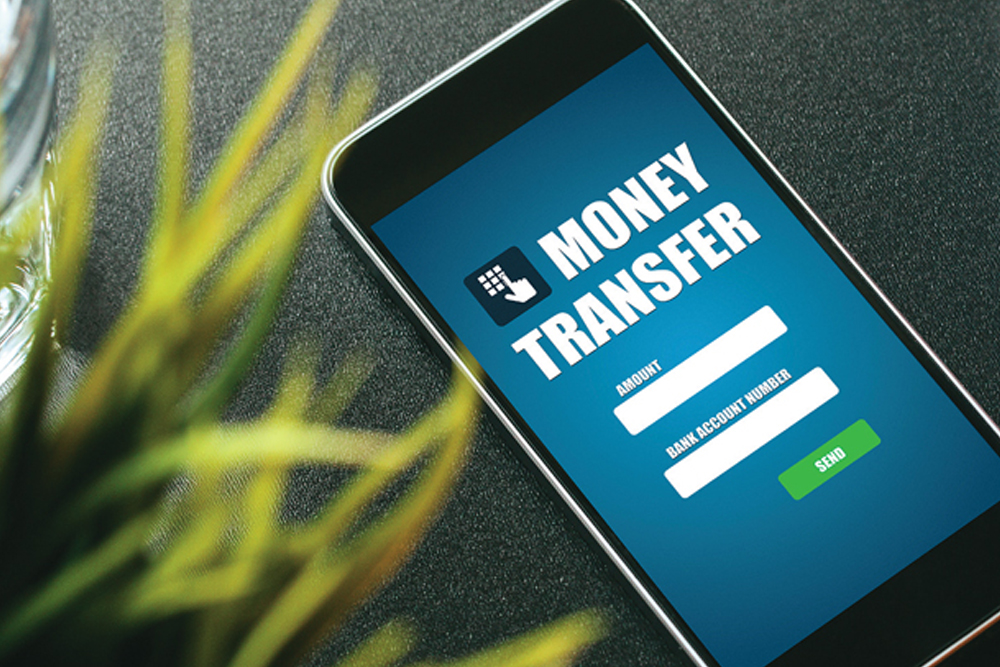Recent announcement by Society for Worldwide Interbank Financial Telecommunications (SWIFT) the international payment network, to adopt the global payment innovation services (gpi) will result in 10,000 banks on its network to use this technology for securing high level of transparency and traceability in cross border payments.
The firm will embed a unique transaction reference for all end-to-end transactions of all its customers connected through its partner banks globally.
The rapid success in adoption rate of gpi has resulted in 49 of the world’s top 50 banks adopting it. By the end of 2020, every bank in the network is expected to be able to offer same day end-to-end delivery.
Launched in early 2017, gpi already accounts for 25 per cent of SWIFT cross-border payment traffic. More than $100 billion in SWIFT gpi messages is sent every day, enabling payments to be credited to end beneficiaries within minutes - many within seconds.
“Near monopolies and concentrations are being challenged in the knowledge economy where awareness of rates and options will sanitize margins,” says Anand Kumar Bajaj, founder, Nearby Technologies.
He adds, new-age remittance platforms like Ripple, Xoom, Transfast, Earthport and many of these exchange houses doing Rupee Drawing Arrangement (RDA) or Money Transfer Service Scheme (MTSS) remittances are bringing transparency and convenience to customers.
MoneyGram, WesternUnion, and SWIFT have built services over the past many years and helped build the ecosystem and business models. All of this is changing with times, says Bajaj.
The banking industry is making new investments to develop and create more competencies. The proposed change will offer a faster, transparent, scalable and secure way of operating.
Kalpesh J. Mehta, Partner, Deloitte India, feels SWIFT will enable harmonised exchange of structured financial information between participants with a wider view of reducing costs and risks. It would be standardised and secure exchange of information across the industry, and this will, in turn will give rise to more structured and efficient process and prospects.
Further, it will provide a common platform for exchange of highly secure and reliable standardised information on financial transactions. “The benefits one would see is, safety and security of the entire eco-system, faster and more reliable transaction processing, dematerialisation of paper-documentation and further automation, and finally reduced costs across the industry,” says Mehta.
This of course will come as a boon to customers. Customers, once familiar, should expect to experience ease in transactions and transfers, without facing any delays. He says, it will lead to streamlining of the existing channels - payment and cash management mode, in treasury operations and trade and supply chain financial operations.

